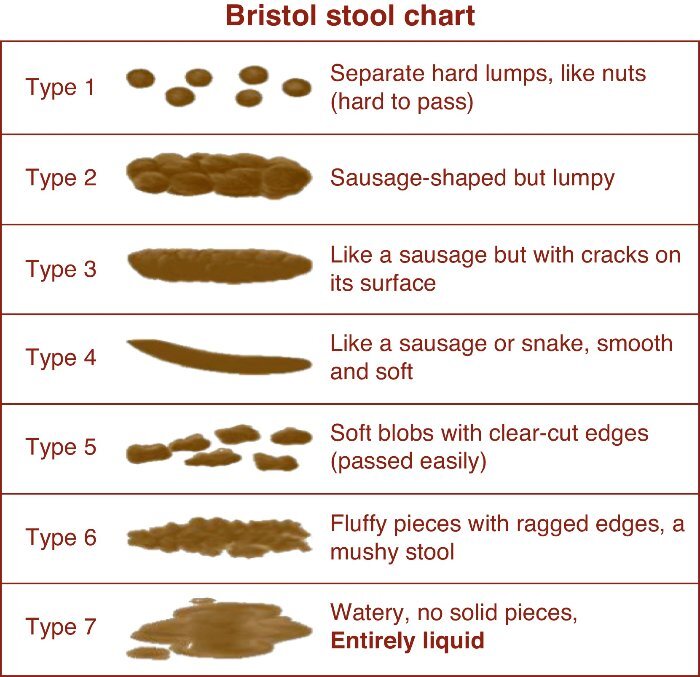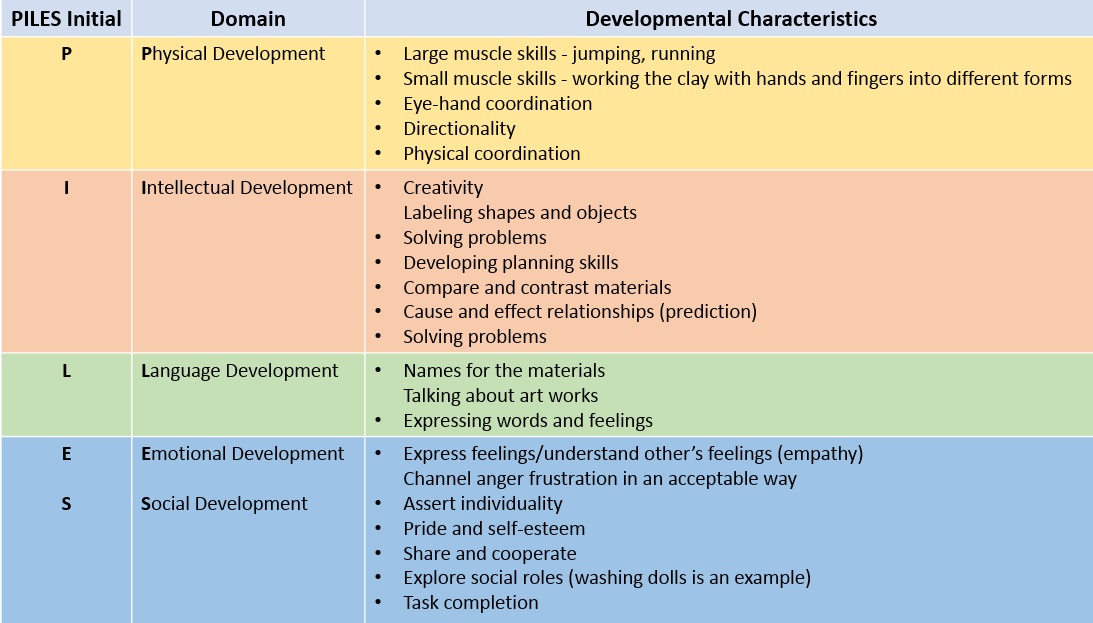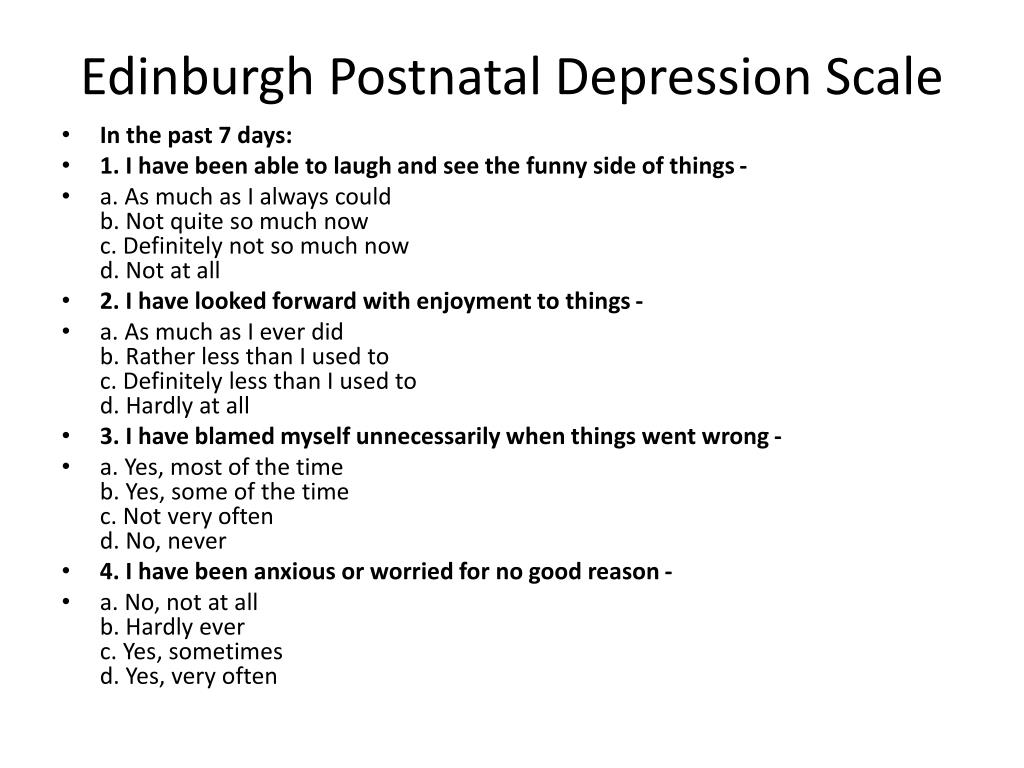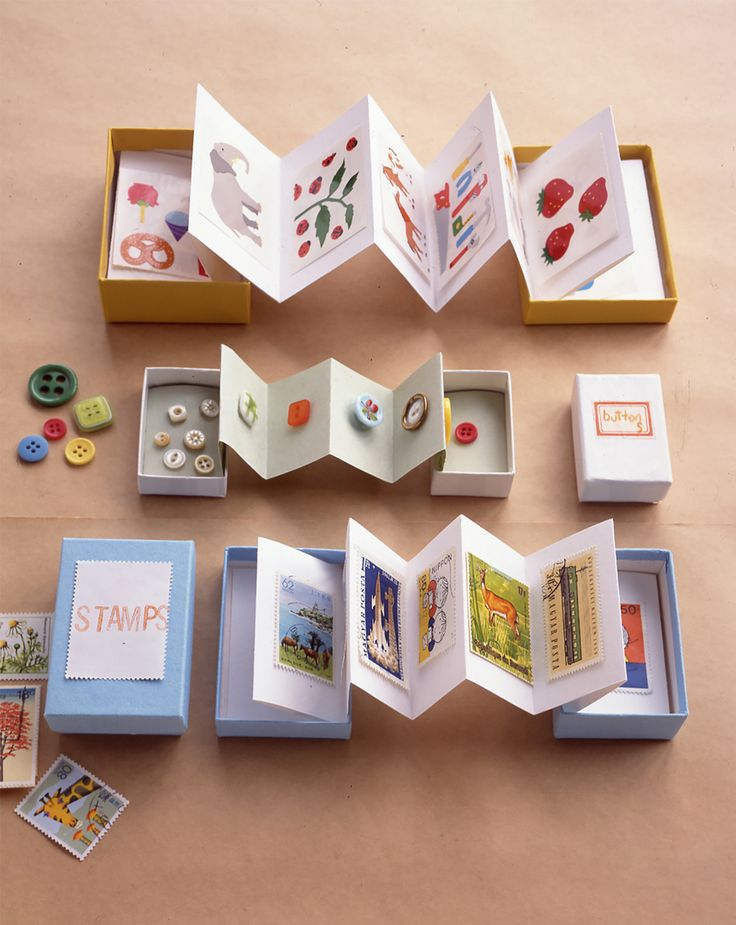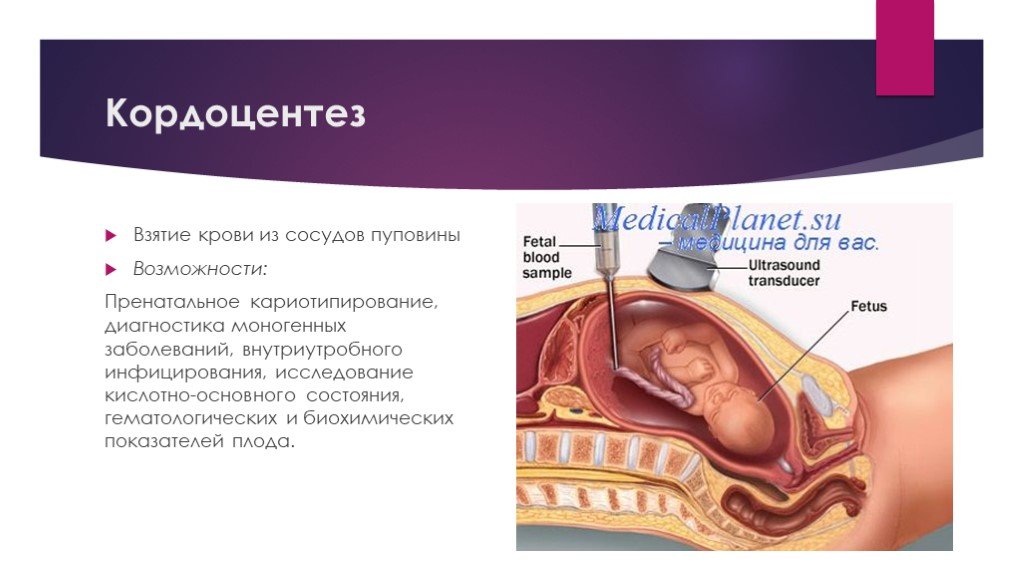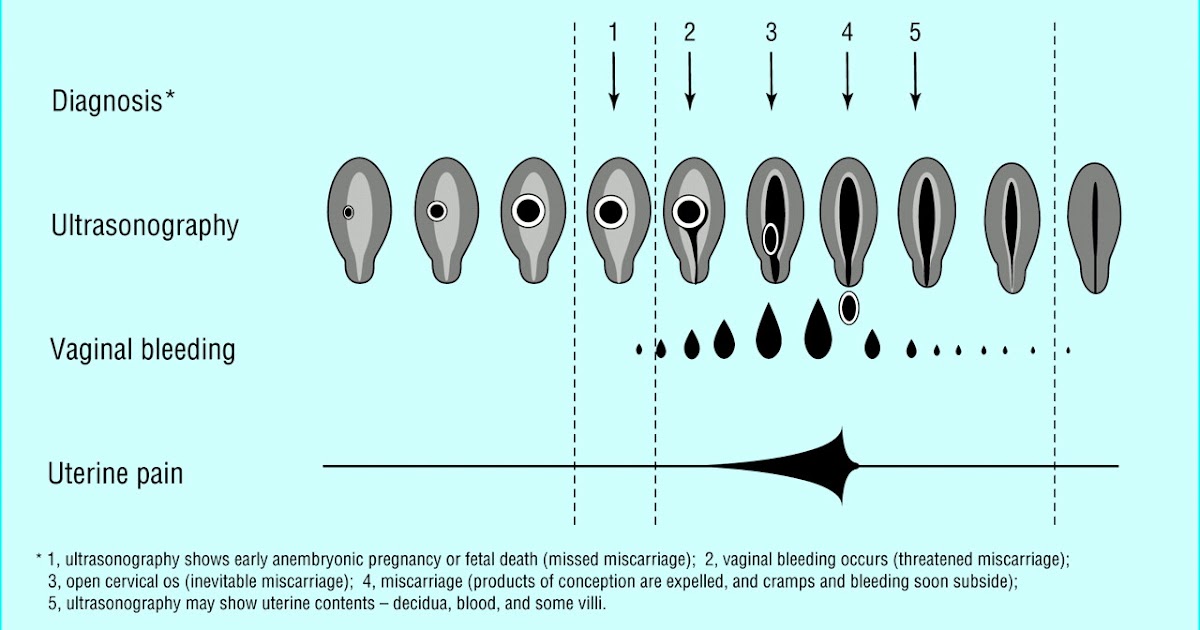How to ease child constipation
Home Remedies for Constipation in Kids
When you've got to go, you've got to go - expect when you can't. It’s one thing to deal with constipation as an adult, but it’s another to watch your child struggle. Jeremy Granger, MD, UnityPoint Health, treats constipation more often than you’d think. He offers advice on signs to watch for, as well as home remedies for constipation in kids.
Constipation in Kids
Constipation in kids is extremely common, affecting roughly 30-35% of children. Dr. Granger says toddlers and preschool-age children are the largest age group, which can be related to a variety of factors.
“If your child is constipated, it can be due to a range of issues that affect elimination,” Dr. Granger says. “It can vary from infrequent bowel movements, to having hard stools, passing large stools that are painful and even accidentally passing stools due to build-up.”
Signs of constipation in kids include any of the following:
- Two or fewer bowel movements per week
- Hard stools (balls of stool or firm stools)
- Painful bowel movements
- Blood in the stool or when wiping (small fissure, or tear, of the rectum)
- Firm or painful abdomen, especially after meals
- Fear of using the toilet (along with painful bowel movements)
- Decreased appetite
Home Remedies for Constipation in Kids
If you think your child is constipated, Dr. Granger lists safe and easy options for quick relief at home:
- Try abdominal massage. For infants and small children, massaging the abdomen and bicycling the legs are great measures to help pass stools. It's safe and not too traumatic for the child or parent.
- Use natural laxatives. Foods that help with constipation in kids include prunes, apples and pears. They're nature's laxatives. These fruits contain a sugar called "sorbitol," which draws water into the bowels and softens the stool. Offer these foods with water to help with easier bowel movements.
- Increase water. Water intake (for children older than one) keeps the body hydrated, which also makes passing stools easier. Getting enough water helps prevent constipation and promotes regularity. Babies can have 2-5 ounces of water a day starting at six months of age.
- Increase fiber. Feed your child a diet rich in fiber by aiming for five servings of fruits and vegetables each day.
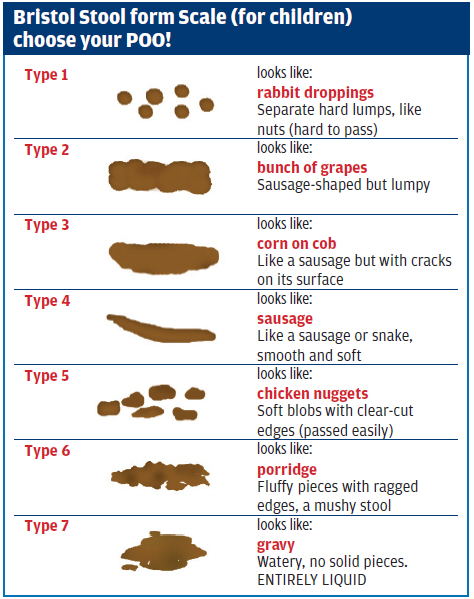 Couple that with drinking plenty of water. Processed or high-fat foods and unhealthy eating habits can factor into many health problems, including constipation.
Couple that with drinking plenty of water. Processed or high-fat foods and unhealthy eating habits can factor into many health problems, including constipation. - Decrease dairy. Excess dairy intake, especially milk, can cause constipation. Many children have a sensitivity to the proteins found in cow's milk. Other dairy products, like cheese, cottage cheese or string cheese, can also cause constipation. While it's a healthy snack option, dairy products are low in system-regulating fiber.
- Provide stress free potty breaks. Constipated children may take a much longer time in the bathroom to have a bowel movement. Ensure good bowel habits by having their feet supported on a stool, or the floor if they can reach. Allow them plenty of uninterrupted time to move their bowels. Encourage or schedule potty breaks, and consider small rewards for successful potty time.
“If you're looking for instant relief for your child, we get it. No one likes to see their child in pain. However, most of these remedies take some time. Overall, it depends on how your child reacts to each individually," Dr. Granger says.
No one likes to see their child in pain. However, most of these remedies take some time. Overall, it depends on how your child reacts to each individually," Dr. Granger says.
How to Relieve Constipation in Kids
When it comes to giving your child products or over-the-counter medication to help with constipation, Dr. Granger says you should first talk to your child’s provider. He outlines common options you may discuss.
- Probiotics. Probiotics are often used for pediatric patients, especially while on antibiotics. They help keep the good bacteria in the stomach, since antibiotics fight all bacteria. These good bacteria also help promote bowel regularity. But, there's very limited research supporting probiotic use to treat constipation itself, and it’s not routinely used as a sole treatment.
- Suppositories & enemas. Suppositories help stimulate rectal muscles to encourage a bowel movement but can be uncomfortable for the child when inserted and, if not done correctly, can cause rectal trauma.
 Enemas also help to directly soften the stool, but they, too, can be uncomfortable and must be done correctly. If you’re concerned your child may need either of these options, visit with their care team.
Enemas also help to directly soften the stool, but they, too, can be uncomfortable and must be done correctly. If you’re concerned your child may need either of these options, visit with their care team. - MiraLAX. MiraLAX is a good medication for constipation, both acute and chronic, when used correctly in children over one year old. MiraLAX helps bring fluid back to the stool, so it doesn’t get too hard and is easier to pass. MiraLax comes in a powder with no color or taste, which is great for young patients. It can be picked up over-the-counter, but always see your child’s doctor before starting it.
When to Call a Doctor about Constipation in Kids
If your child is experiencing any of the following, Dr. Granger says it's important to have them seen by their doctor:
- Blood in the stool
- Vomiting associated with the constipation
- Severe abdominal pain
- Children over the age of one not having daily soft stools despite home remedies
Constipation Treatments and Prevention for Children Age 11 and Younger
Written by WebMD Editorial Contributors
In this Article
- Constipation Symptoms
- Constipation Treatments
Has your child ever come out of the bathroom in tears, saying, “Mommy, it hurts when I poop?” The likely cause is constipation, a very common problem in children.
How can you tell if your child is constipated? Besides the obvious painful bowel movements, look for these typical signs:
Constipation Symptoms
- Stomach pain and bloating
- Bleeding with bowel movements
- Soiling accidents
Sometimes a constipated child might actually appear to have diarrhea, which can be confusing. What’s happening here is that a large formed stool has gotten stuck in your child’s rectum, and liquid stool gets passed around it.
When a child is constipated, they have less frequent bowel movements, and when they do “go,” their stool is dry, hard, and painful to pass. There are many possible causes for constipation, including:
- Withholding stool. This means that your child is trying to hold their bowel movements in -- maybe because they're stressed about potty training, maybe because they don’t want to use the toilet in certain places (like school), or maybe because they're afraid of a painful bathroom experience.
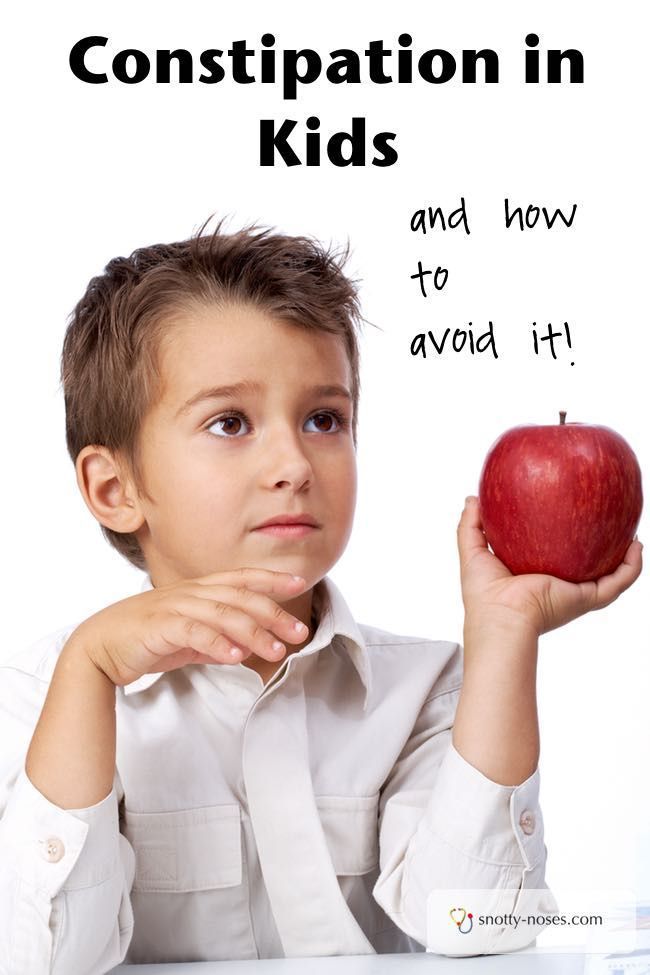 (Constipation can become a vicious cycle -- if it hurts to “poop” once, the child may be more fearful of going the next time.)
(Constipation can become a vicious cycle -- if it hurts to “poop” once, the child may be more fearful of going the next time.) - A diet that’s low in fiber or doesn’t include enough liquids (or both), commonly found in toddlers transitioning from formula to whole milk
- Side effects of certain medications
Constipation Treatments
There are three primary treatments for most cases of constipation, and they usually work hand-in-hand.
- A high-fiber diet with plenty of fluids. This means loading your child’s plate with plenty of fresh fruits and vegetables, high-fiber cereals, whole grain breads (look for at least 3-5 grams of fiber per serving), and a variety of beans and other legumes, like chickpeas and lentils. Two good sources of fiber that kids are often happy to eat are trail mix (let them make their own) and popcorn with minimal salt or butter. Foods containing probiotics, like yogurt, can also promote good digestive health. While focusing on fiber, don't forget fluids.
 If your child is eating plenty of high-fiber food but not getting enough fluid to help flush it through their system, you can make matters worse. Your child should be drinking plenty of water throughout the day, along with some milk. Limit sugary drinks to 4 ounces a day in younger children and 6-8 ounces in school-aged kids.
If your child is eating plenty of high-fiber food but not getting enough fluid to help flush it through their system, you can make matters worse. Your child should be drinking plenty of water throughout the day, along with some milk. Limit sugary drinks to 4 ounces a day in younger children and 6-8 ounces in school-aged kids. - A stool softener to clear the bowels. These are typically safe in children. Two common mistakes that parents make when giving their child a stool softener for constipation is not using a large enough dose, or stopping it too soon. For example, you might think that you can stop giving a stool softener after your child’s first normal-looking bowel movement, but stopping too soon may just set up your child for another bout of constipation. Some children may need to stay on a stool softener for a few weeks. As you continue to make and reinforce dietary modifications, your child's pediatrician can advise you on the right dosing schedule for your child.
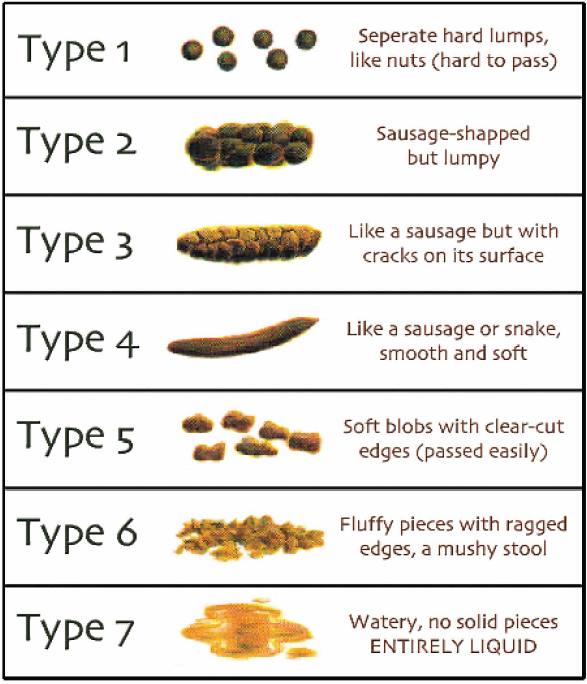
- Regular toilet time. Encourage your child to use the toilet first thing in the morning and after every meal or snack. Particularly for a younger child, you may get better results by telling, not asking. Instead of suggesting, “Do you need to go to the bathroom?” simply say, “Time to go to the bathroom now.”
You’ll get the best results if you combine all three of these approaches. A high-fiber diet isn’t likely to clear up a serious case of constipation on its own without the help of a stool softener; on the other hand, once your child stops taking a stool softener, if they stay on a low-fiber diet and doesn’t get enough healthy fluids, the problem is likely to happen again.
Children's Health Guide
- The Basics
- Childhood Symptoms
- Common Problems
- Chronic Conditions
How to deal with constipation in a child?
08/15/17
Manual for parents on a problem that is very common in children with autism
Source: Autism Speaks
To the symptoms of chronic constipation includes:
- Very very hard and dense stool.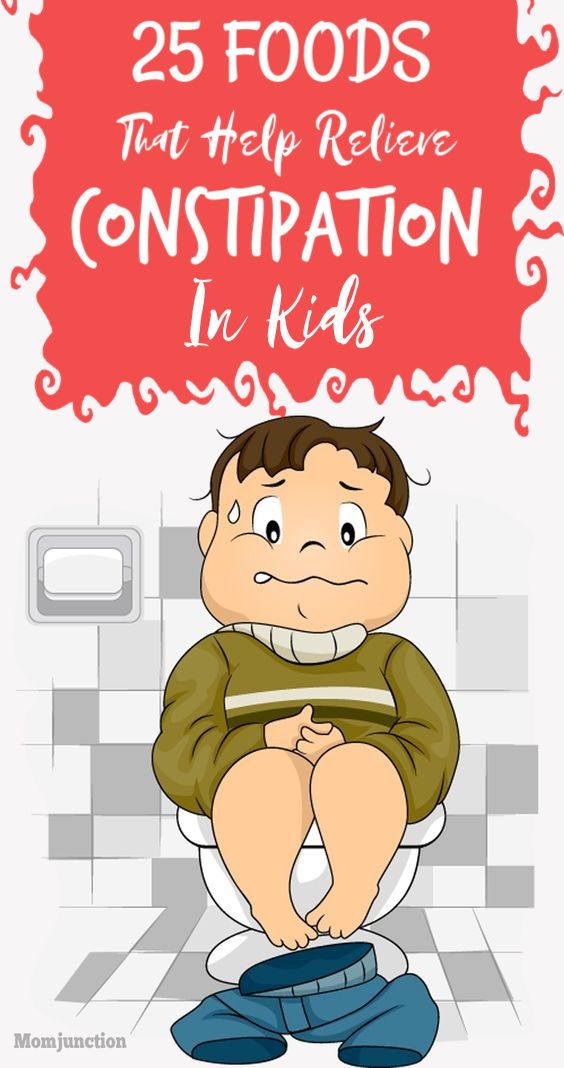
- Pain and difficulty in emptying the bowels.
- The child has a bowel movement three times a week or less.
Talk to your child's doctor to find out if your child is constipated.
What causes constipation in children with autism?
1. Holding a stool
Some children try to hold a stool and ignore the urge to have a bowel movement. This can happen for various reasons, for example:
- Fear of the toilet.
- Reluctance to use the toilet outside the home.
- Unwillingness to interrupt the game.
- Fear of pain during bowel movements.
2. Toilet training
Children may resist and hold stool when toilet training is attempted. This can become a habit that is difficult to break later on.
3. Nutrition problems
- Lack of fiber found in fruits, vegetables and whole grains.
- Dairy products, if the child is allergic to cow's milk or consumes too much dairy products.
- Insufficient intake of water and other beverages, especially when ill.
- Changes in appetite or diet due to illness of the child.
4. Stress and changes in daily routine.
Travel, weather changes, and stress can affect bowel function.
5. Medications
Some medications, such as antacids, antidepressants, and some attention-deficit/hyperactivity disorder medications, can cause stools that are too hard.
6. Associated medical problems.
Constipation is common in children who have movement problems, including decreased muscle tone and cerebral palsy. Also, constipation is possible in case of hypersensitivity to gluten or casein.
Acute constipation and encopresis
Acute constipation
Some (but not all) children with chronic constipation may have this problem. Acute constipation can be caused by too much hard stool in the colon. As a result, the child cannot have a bowel movement for several days. Acute constipation is diagnosed by a doctor by palpation of the abdomen or by X-ray. Acute constipation is often accompanied by loss of appetite and lethargy. After a bowel movement, the child feels better and the symptoms decrease.
As a result, the child cannot have a bowel movement for several days. Acute constipation is diagnosed by a doctor by palpation of the abdomen or by X-ray. Acute constipation is often accompanied by loss of appetite and lethargy. After a bowel movement, the child feels better and the symptoms decrease.
Encoprese
This problem occurs in some (but not all) constipated children. Encopresis means that during constipation, the child has loose stools. This is a common problem.
Encopresis can develop if a child holds a stool for so long that it becomes difficult for him to have a bowel movement. The stool becomes larger and drier. Due to the retention of large stools, the intestinal muscles get tired and relax. After the muscles relax, loose stools can seep into the underwear.
The child does not feel that this is happening and cannot control loose stools. This usually happens several times a day, causing the underwear to become dirty. Sometimes encopresis is confused with diarrhea, but the child does not actually have diarrhea because most of the stool in the intestines remains solid.
Many children with encopresis experience loss of appetite and decreased interest in daily activities. After a bowel movement, the child feels better and these symptoms decrease.
Treatment of constipation
There are three main approaches to the treatment of constipation.
Talk to your child's doctor about which type of treatment is best for you:
1. Dietary changes
- Increasing the amount of fiber in your diet will make bowel movements easier.
- Increasing fluid intake , especially water and juice, helps soften stools and reduces the chance of constipation.
2. Behavioral changes
- Regular exercise . Physical activity improves the functioning of the abdominal muscles, which facilitates bowel movements. Regular exercise, including walking, jumping rope, ball games, cycling and swimming, can help with constipation.
- Bowel training in the toilet . It is important that the child knows how to use the toilet at the first urge. The best way to teach this is through planned and extended "sit-downs" where the child is rewarded for simply sitting on the toilet for extended periods of time.
It is important that the child knows how to use the toilet at the first urge. The best way to teach this is through planned and extended "sit-downs" where the child is rewarded for simply sitting on the toilet for extended periods of time.
3. Medications
Children often need medication to have regular bowel movements. These can be:
- Preparations for daily use.
- Single-dose preparations that "cleanse" the intestines in case of severe difficulty with emptying.
Increasing fiber in the child's diet
A diet high in fiber promotes regular bowel movements and prevents constipation. Fiber is a substance that the body cannot digest. There are two types of fiber - soluble and insoluble. Soluble fiber promotes the entry of water into the intestines. Insoluble fiber facilitates the passage of stool through the intestines. Both types of fiber are needed to prevent constipation.
Fiber is an important part of a healthy diet. A lot of fiber is found in foods such as fruits, vegetables, whole grains, legumes, nuts, and seeds. They also contain a lot of protein, vitamins and minerals. A diet high in these foods is the best way to get enough fiber.
A lot of fiber is found in foods such as fruits, vegetables, whole grains, legumes, nuts, and seeds. They also contain a lot of protein, vitamins and minerals. A diet high in these foods is the best way to get enough fiber.
Where to find fiber
When shopping for food, you can check the nutritional information of the product, including the fiber level. Good choices are foods that contain at least 2 grams of fiber per serving.
When shopping, look for products that contain whole grains, whole grain flour, and oatmeal. Perhaps there are options for your child's favorite foods with whole grains, that is, higher fiber content. For example, whole-grain cheese crackers, whole-grain wheat flour bread, and high-fiber cereals may be suitable for you.
Recommended Fiber Values
— Ages 1 to 3: 19 grams per day (for boys and girls).
- Ages 4 to 8: 25 grams per day (for boys and girls).
- Ages 9 to 13: 31 grams per day for boys and 26 grams per day for girls.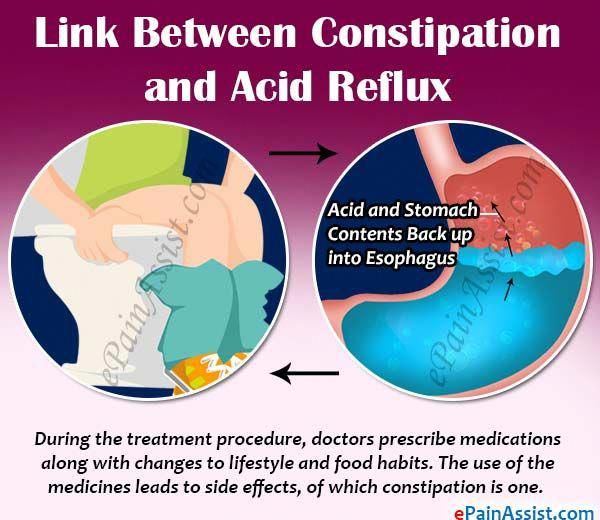
Examples of high fiber foods
- White beans: 9.5 grams per 1/2 cup.
- Oatmeal: 8.8 grams per 1/2 cup.
- Red beans: 8.2 grams per 1/2 cup.
- Beans: 7.5 grams per 1/2 cup.
- Pear (with skin): 4.3 grams per small pear.
- Raspberries: 4.0 grams per 1/2 cup.
- Baked potatoes (with skin): 3.8 grams per piece.
- Almonds: 3.3 grams per 30 grams.
- Apple (with skin): 3.3 grams per piece.
- Banana: 3.1 grams for one medium-sized piece.
- Orange: 3.1 grams per medium sized piece.
- Peanut butter: 3.0 grams per 2 tablespoons.
- Broccoli: 2.8 grams per 1/2 cup.
- Green peas: 2.5 grams per 1/2 cup.
- Avocado: 2.3 grams per 1/2 cup.
- Corn: 1.6 grams per 1/2 cup.
- Strawberries: 1.5 grams per 1/2 cup.
- Wild rice: 1.5 grams per 1/2 cup.
- Raisins: 1.4 grams per 1/2 cup.
- Popcorn: 1.2 grams per 1 cup.
Increasing fiber and fluid in the child's diet
It is advisable to offer children foods rich in fiber from an early age so that their use becomes a lifelong habit.
If your child is currently constipated, it is important to increase fiber levels very gradually over 2-3 weeks. Too much fiber in the diet can worsen constipation or cause gas, abdominal pain and diarrhea.
Increasing fiber will only be effective if the child also starts drinking more fluids. Make sure your child doesn't just start eating more fiber, but also starts drinking more water and juice.
How to Increase Fiber Without Child Resistance
Children with autism often resist change, especially dietary changes. Parents need to be patient and try different approaches, for example:
- Switch to crackers and whole grain pasta.
- Try whole grain bread and pizza. Many types of whole-grain bread do not differ in appearance from ordinary white bread.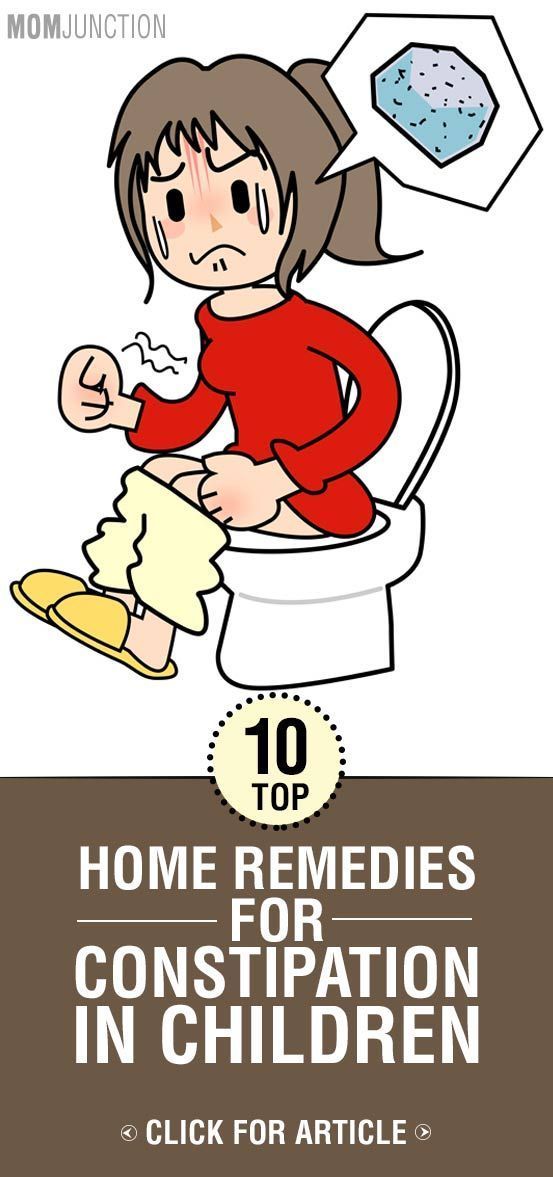
- Offer your child whole grain muesli or popcorn as a snack.
— Offer the child dried fruit as a sweet treat (prunes, dried apricots, raisins).
- Try to make cocktails from frozen fruits or berries based on juice or milk.
- Offer your child carrot, bell pepper, or celery sticks that can be dipped in peanut butter, hummus, or salad dressing.
— Add shredded vegetables or mashed vegetables to your child's favorite foods, such as pasta or pizza.
- Make funny faces or figures out of slices of fruits and vegetables.
- Invite the child to dip fruit slices in nut butter or his favorite kind of yogurt.
- Bake cookies, muffins or pies with whole wheat flour.
Increasing fluid intake
Sufficient water is essential to maintain a healthy body. It is found in both foods and drinks. As you increase the amount of fiber in your diet, you also need to increase your fluid intake.
How much fluid do you need?
- Follow your thirst.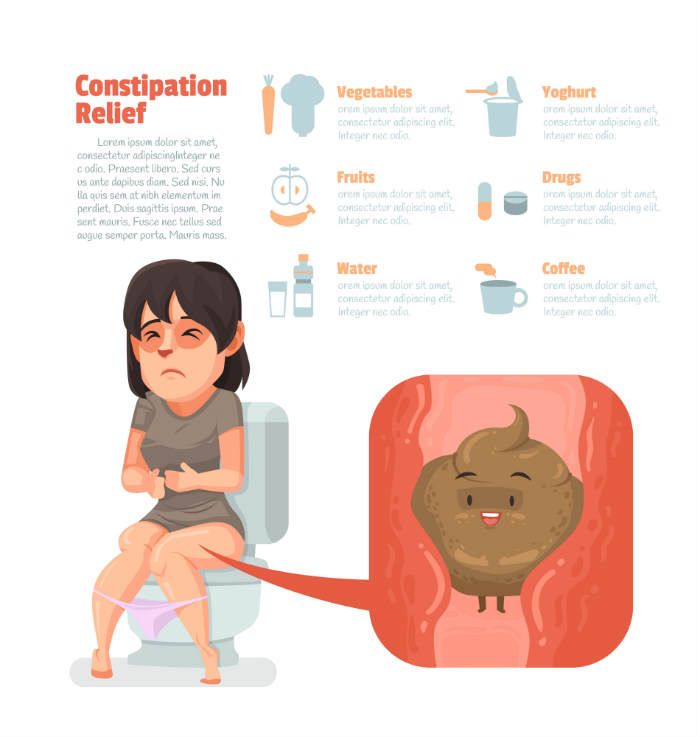 The amount of water a child needs varies depending on physical activity and what the child eats. Therefore, it is very important to monitor the signs of thirst in a child.
The amount of water a child needs varies depending on physical activity and what the child eats. Therefore, it is very important to monitor the signs of thirst in a child.
- When a child drinks enough water, his urine becomes clear, light yellow in color. Dark, tea-colored urine usually means your child needs to drink more.
Fluid types
1. Water: the best source of fluid.
2. 100% juice: good for health, but should be limited.
- 120-180 ml per day for children under 6 years old
- 240-360 ml per day for children over 6 years old
- Some juices (pear, apple, plum) contain sugars that act as a natural laxative and may help with constipation.
3. Milk:
- An important part of a child's nutrition.
— Excessive consumption of milk can lead to constipation.
- Desirable rate for milk: 480-720 ml per day (2-3 cups).
4. Sports drinks and drinks with electrolytes:
- They often have added sugar.
- Not the best choice for children.
- Check with your doctor before giving these drinks to your child.
5. Fruit drinks, soft drinks:
- They usually have added sugar.
- Not the best choice for children.
- It is better to save them for special occasions, such as holidays, you should not give them to the child regularly.
Fluids and constipation
It is very important to increase fluid intake at the same time as increasing fiber. Fluid helps soften stools and make bowel movements easier.
- Some juices (pear, apple, plum) are natural laxatives.
— It is advisable to give the child a lot to drink between meals, this contributes to regular bowel movements.
- Drinks with a lot of sugar, caffeine or "fortified with vitamins" can increase constipation.
Tips for increasing fluid intake
— Encourage your child to drink water between meals, on a full stomach the child may drink too little.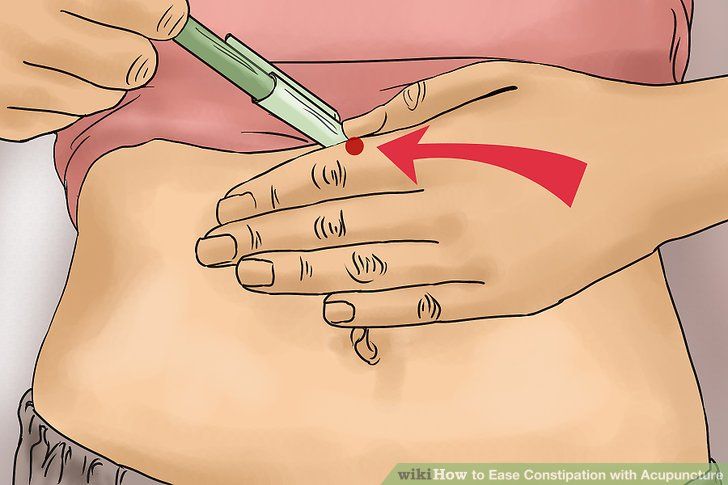
- Offer your child fruits with a high water content, such as grapes, oranges, or watermelon, as snacks and treats.
— Keep a bottle or cup of water handy so your child can always have a drink. Add some citrus juice to your water to make it taste better. Or try adding some other drink to the water.
- Lead by example. Children are more likely to drink water when they see their parents or siblings drinking water.
Toilet training
In case of constipation, it is very important to teach the child to use the toilet as soon as he feels the first urge. The easiest way to teach this is with a daily period of time when the child sits on the toilet for a long time. When a child gets used to sitting on the toilet for a long time, it will be easier for him to relax the muscles that hold the stool. With daily toilet seating time, your child will become less likely to hold a stool. When the child stops holding the stool, the intestines return to normal size and become more sensitive.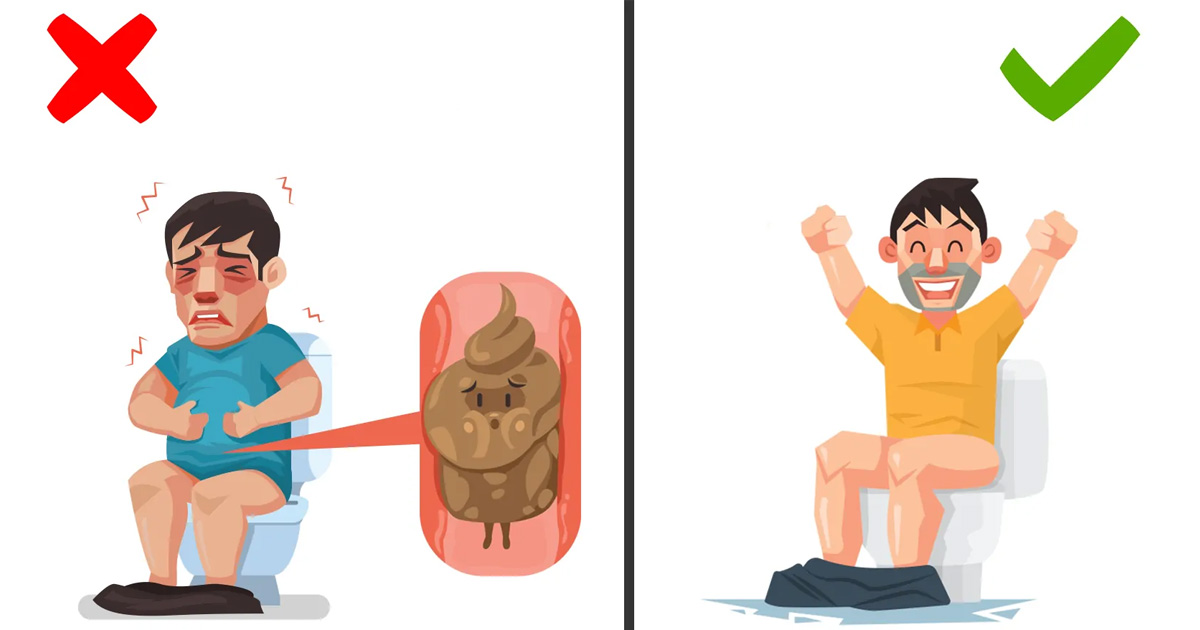
How to teach your child to sit on the toilet for a long time every day
1. Be patient with yourself and with your child. Learning a new skill, especially this skill, is never easy.
2. Start by teaching your child to sit on the toilet, even if he does not defecate:
- Start with 1-2 minutes. Very slowly increase the time to 10-12 minutes.
- Use a visual timer to let your child know how long to sit.
- Offer the child some quiet activity while he sits on the toilet. For example, reading a book, drawing, playing a handheld computer game, listening to music or audio books.
- Try to save the child's favorite pastime for sitting on the toilet and do not offer it at other times.
- Praise your child even for small progress.
- Never force a child to sit on the toilet and never force him to sit on it unless you are working with a behavior specialist to help you do it safely.
3. Choose a time for your child to use the toilet.
- Making toilet use a regular part of a child's daily routine will help develop a normal bowel habit.
— Children with autism often like routine. Making toilet seating a part of the daily routine will reduce the risk of child resistance.
- Try using a visual timetable with pictures, one of the items being toilet time.
— If your child is most likely to have a bowel movement at some time of the day, try to schedule toilet seating for that time.
— Morning is the best time for most people, but it may not be suitable for a child who will be rushed to kindergarten or school in the morning.
- For some children, the best time is after coming home from school or kindergarten.
4. Make sure your child is comfortable.
- Choose the toilet seat or potty that is most comfortable for your child.
— Use a child seat for the toilet if the normal seat is too big for the child.
- Use the footrest if the child's feet do not touch the floor.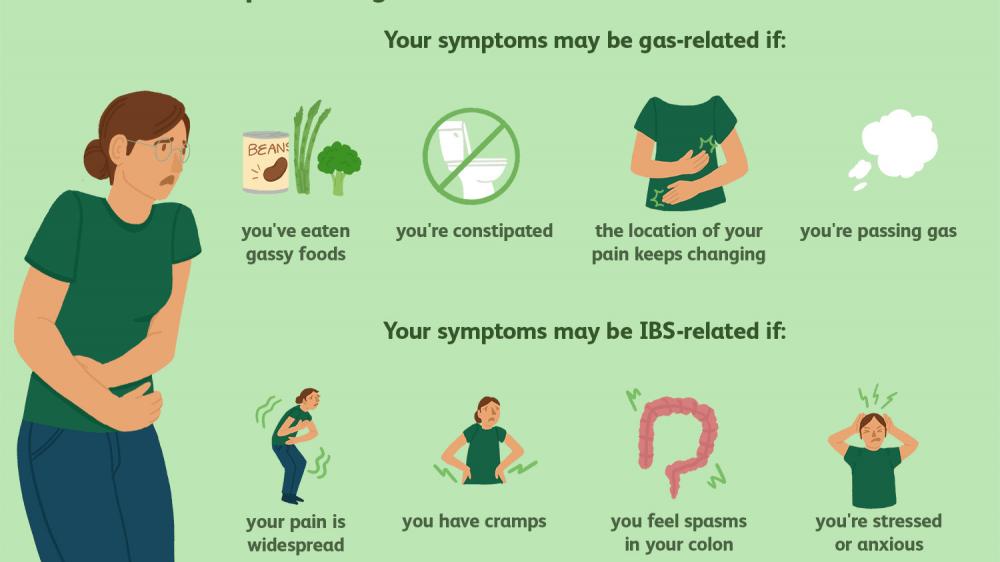
How to teach a bowel movement in the toilet
1. Make sure your child sits on the toilet for long periods of time 1-2 times each day.
2. Teach your child that "poop goes down the toilet" by emptying dirty diapers or underwear.
3. Try to time your child to sit on the toilet when you think your child is most likely to have a stool.
4. Try to stimulate the gastrocolic reflex before sitting on the toilet. This reflex occurs after eating or drinking and allows the bowel muscles to expel stool after eating. To stimulate this reflex, try to get your child to eat or snack, and drink a warm drink before sitting on the toilet.
5. Watch for possible signs in the child's behavior. If you notice that he wants to use the toilet, then take him there. Signs may include:
- Changes in facial expressions.
- Attempts to go to a quiet part of the house.
- Muscular tension.
Positive reinforcement
- Start with rewards for your child just sitting on the toilet.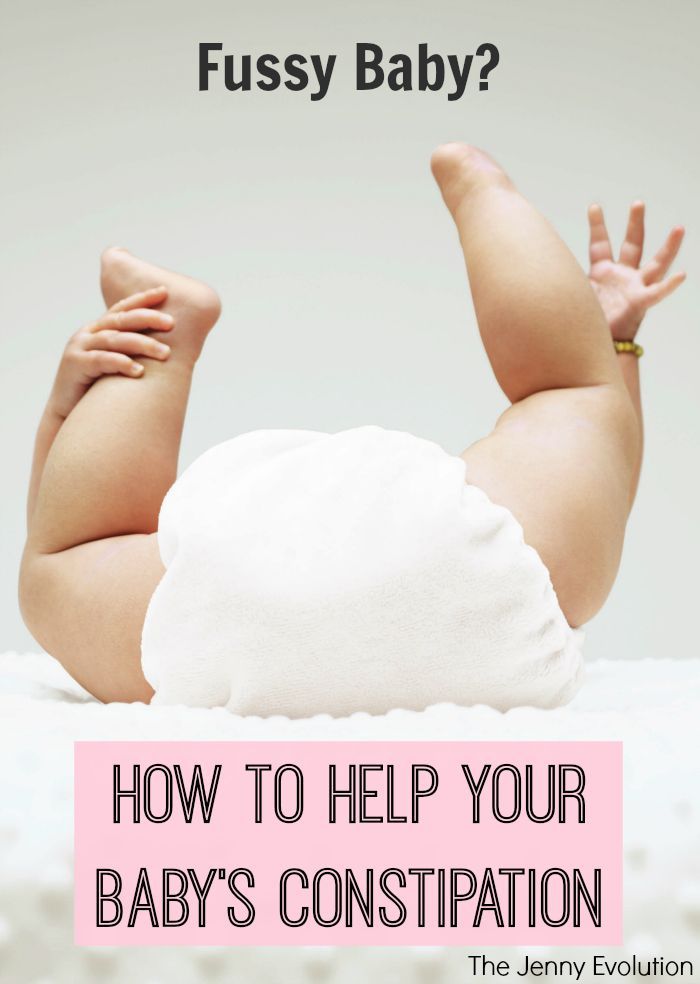
- When the child begins to empty his bowels on the toilet, start rewarding him for it.
- Small rewards that the child receives immediately after the desired behavior work best.
- Give rewards less frequently over time.
Try not to use food as a reward. Instead, you can reward your child with:
- Sing your favorite song with your child.
- Hugs, tickling, verbal praise.
- Favorite game with a child.
- Stickers that will allow the child to track their progress.
- Time for your favorite pastime.
- Tokens (in the form of stickers, stars or other items) that can then be exchanged for very large rewards, such as a trip to the cinema or to the park.
Many children with autism have special interests. They can be used when planning rewards. For example, if a child is interested in cars, then as a reward, he can look at car magazines. If a child loves trains, then he can receive stickers with trains as a reward.
Positive rewards lead to the desired changes in behavior much faster than any punishment or criticism.
If the child is dirty
- Say something like "I noticed that you are dirty" or "Please change."
- Help the child to do this as needed.
— Do not scold the child or draw attention to what has happened.
If the child does not want to sit on the toilet
- Try to get the child as close to the toilet as possible when he begins to have a bowel movement. If the child does it in diapers while standing, then try to have him do it while standing in the toilet.
- When the child has defecated in the diaper, throw the contents of the diaper down the toilet in front of the child.
- Teach your child to sit on the toilet with their clothes down. Give your child a toy that can keep him busy for a while.
- Over time, move on to having the child sit on the toilet with the lid up but wearing a diaper.
- When the baby is comfortable sitting on the toilet with the lid up, cut a hole in the diaper and enlarge it over time. Try to have the child sit on the toilet in a diaper while having a bowel movement.
Specialist help
Very often it is difficult for a family to change what happens at home. Toilet training can be a very complex behavioral problem. Some families need additional specialist support. Signs that the family needs more help include:
- The child becomes very upset when taken to the toilet.
- Child holds stool longer and longer.
— Constipation progresses in the child.
— Everything connected with the toilet causes tantrums or aggression in the child.
Specialists may include child psychologist, behavioral analyst, pediatrician. Sometimes staff at the child care facility that the child attends can help find the right specialist.
Daily preparations
— May be started immediately if the child does not have acute constipation.
- Taken orally.
- Most effective when taken daily.
Purpose of taking the drug:
- Soft stools and bowel movements every day.
- All stool comes out of the bowels.
Dosage of the drug:
- The initial dose of the drug must be prescribed by a doctor. Sometimes the dosage needs to be varied. Talk to your doctor about this, he will help you change the dosage.
When it is necessary to increase the dosage of the drug:
- Small and hard stools.
- The child does not have a bowel movement every day.
- The child has difficulty emptying the bowels or is in pain.
When to reduce the dosage of the drug:
- Loose stools.
— The child has abdominal pain or cramps.
Duration of drug treatment
— As a rule, the course of treatment lasts at least 6 months.
— After 6 months of daily bowel movements, the doctor may decide to gradually reduce the dosage of the drug.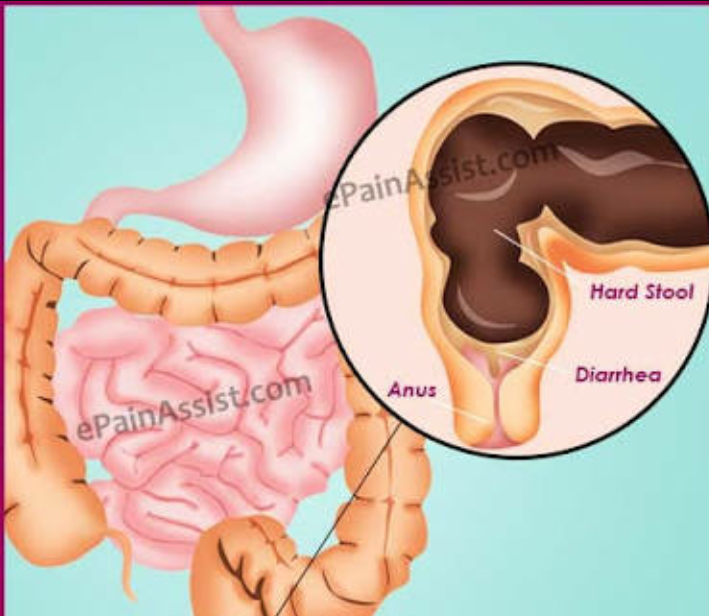
- If you stop taking the drug before the intestines return to normal, then constipation will begin again.
— It is important to make sure that the child has soft stools every day.
How do drugs to treat constipation work?
There are three types of laxatives. They act differently.
1. Osmotic laxatives. They carry water into the stool to keep it soft. Safe and often given to children. Usually taken every day. Suitable for long term use.
Examples: polyethylene glycol without electrolytes, magnesium hydroxide, magnesium citrate, lactulose, sorbitol.
2. Stimulant laxatives. They promote contractions of the intestinal muscles and promote stool in the intestines. As a rule, they are prescribed for a single dose.
Examples: senna, bisacodyl.
3. Lubricating laxatives. Facilitate the passage of stool through the intestines with an oil base.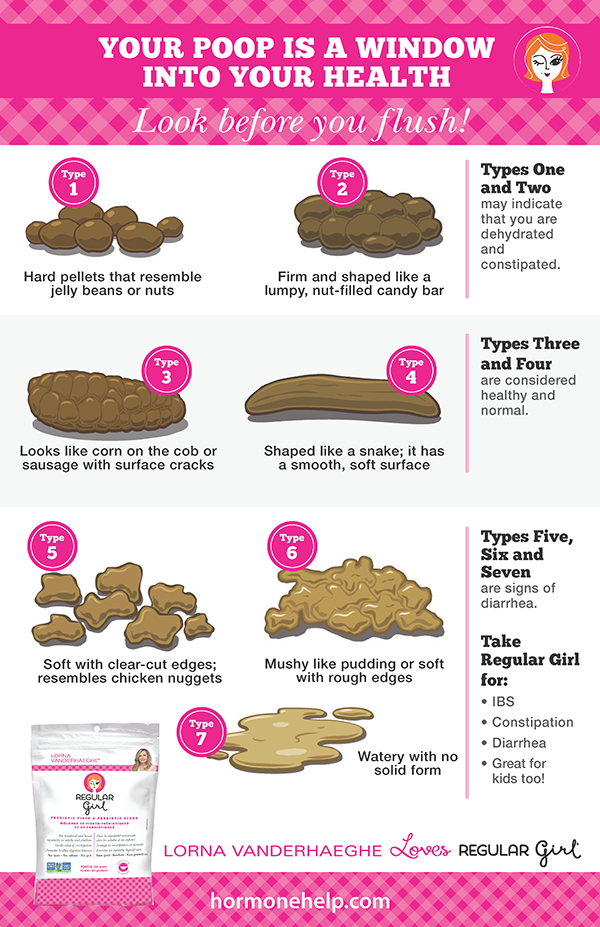
Examples: liquid paraffin, glycerin suppositories.
Acute constipation medicines
Acute constipation occurs when large masses of hard stool block the intestines. If the doctor thinks that there is a blockage in the intestines, then as a first treatment option, he may prescribe a drug that will "cleanse" the intestines.
Your doctor will work with you to determine the best type of drug. Sometimes drugs that are taken by mouth are best. Sometimes drugs that are injected into the intestines are better suited. This "clearing" usually takes 2-3 days. It is best to spend it on the weekend or on vacation. The child will need to spend 2-3 days near the toilet and use it often.
These drugs can only be prescribed by a doctor. He will tell you how long and how often to take the drug.
Enema procedure
Most cases of constipation in children are treated with oral medications. In some cases, children need a drug that is injected into the rectum.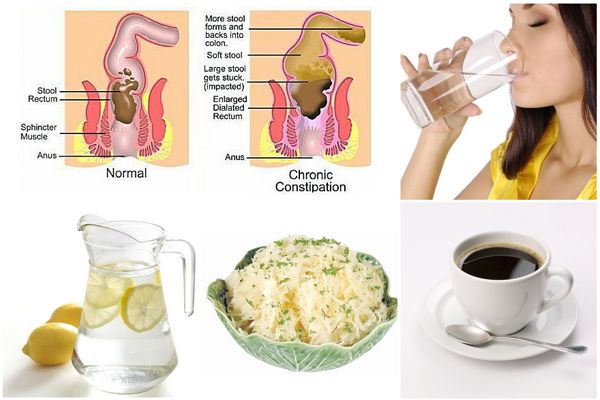 Talk to your doctor about what treatment is best for your child. Do not give your child an enema without talking to the doctor first. Below is information about giving an enema, if needed.
Talk to your doctor about what treatment is best for your child. Do not give your child an enema without talking to the doctor first. Below is information about giving an enema, if needed.
How to prepare a child for an enema
- Explain the procedure to the child in a way that he can understand, perhaps with illustrations.
- Let the child look at and touch the enema bottle.
- Touch the tip of the enema to his hand so he knows what it's like.
- Help your child practice beforehand how to lie down properly during an enema.
Enema Preparation
— Read the enema instructions very carefully. Check out the pictures and instructions in the instructions.
- Make sure the enema is at room temperature.
- Prepare everything you need: an enema bottle; towel on which the child will lie; pillows; music, a favorite toy, or other items to help your child stay calm; wet cleansing wipes.
Decide where you will give the enema. Sometimes it's best to put the baby on a blanket or large towel on the bathroom floor next to the toilet.
- Place towels and/or pillows for your child to lie down comfortably.
- Have another person stand at eye level with the child during the procedure - read to him, sing, talk, play music or otherwise distract him and help him lie still.
How to give an enema
1. Wash your hands.
2. Remove the protective cap from the enema tip. The tip should have a lubricant that makes it easier to administer the enema.
3. Help the child lie on his left side with his knees pressed against his chest.
4. Have your helper talk or sing to your child in an effort to soothe and encourage.
5. Hold the enema in one hand. With your other hand, spread your buttocks until you see the anus.
5. Insert the end of the bottle very carefully into the anus. Don't force it in.
6. Position the end of the enema towards the child's back.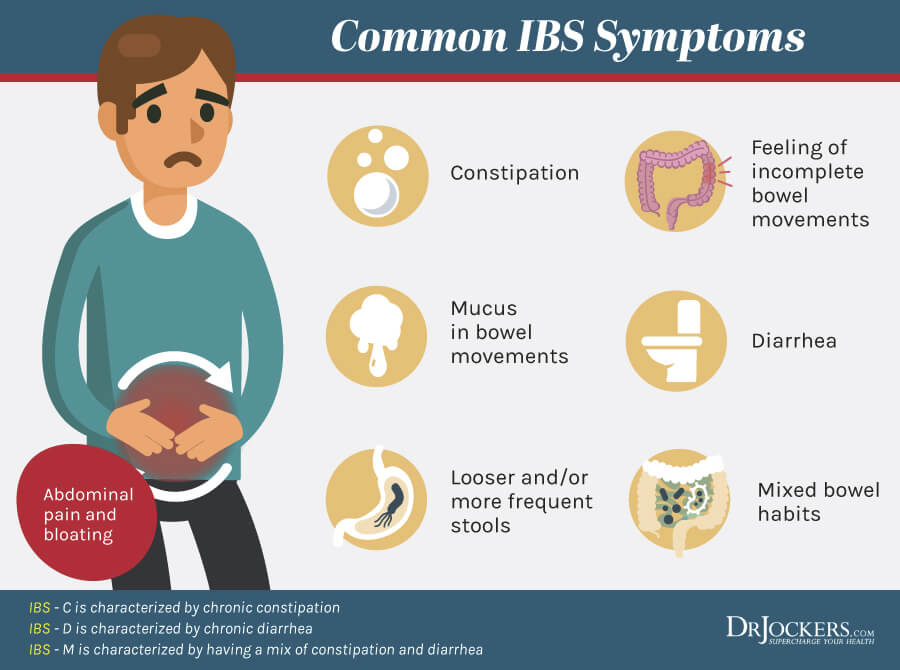 The contents of the enema should fall on the intestinal wall, and not on the stool.
The contents of the enema should fall on the intestinal wall, and not on the stool.
7. Squeeze the enema until nearly the entire volume has been delivered.
8. If possible, try to have the child lie down for 15-20 minutes. You can hold on to his buttocks to prevent him from pushing out the contents of the enema too soon.
9. If your child wears diapers, put on a diaper.
10. If the child uses the toilet, then put him on the toilet after 15-20 minutes. The liquid should go down the toilet along with the stool.
If at any stage the child becomes very upset, starts crying, screaming, kicking, then it is normal to stop the procedure. Talk to your doctor about other treatments for constipation.
We hope that the information on our website will be useful or interesting for you. You can support people with autism in Russia and contribute to the work of the Foundation by clicking on the "Help" button.
Parenting with Autism, Nutrition and Digestion, Comorbidities
How to help a child with constipation? – health articles
06/16/2021
Contents
- Causes of constipation in children
- Symptoms of constipation
- Diet
- Gymnastics
- Benefits of contacting MEDSI
Constipation in a child can occur at various stages of growth and development.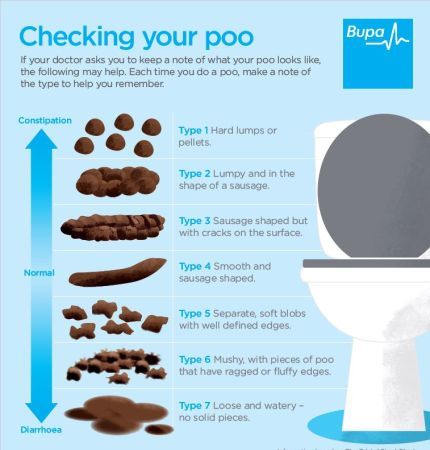 According to statistics, every fifth baby suffers from problems with stool. In this case, violations can occur already in infancy. With the start of complementary foods, the stool usually improves, which is associated with the introduction of fiber into the diet and an increase in physical activity. After a year, the number of children suffering from constipation is growing again. This is already due to the transition to solid food, the rejection of breastfeeding and the reduction in liquid in the diet.
According to statistics, every fifth baby suffers from problems with stool. In this case, violations can occur already in infancy. With the start of complementary foods, the stool usually improves, which is associated with the introduction of fiber into the diet and an increase in physical activity. After a year, the number of children suffering from constipation is growing again. This is already due to the transition to solid food, the rejection of breastfeeding and the reduction in liquid in the diet.
It is dangerous to neglect constipation!
In fact, their consequences are quite dangerous and can cause:
- baby stress
- rectal deformities
- anal fissures
- general organism intoxication
What to do if the child has constipation?
- Find out the cause of the pathological condition together with the doctor
- Stick to a diet
- Pay attention to moderate physical activity
Important! It is forbidden to self-medicate. Laxative suppositories and other means should not be given, as well as cleansing enemas.
Laxative suppositories and other means should not be given, as well as cleansing enemas.
It is forbidden to self-medicate. Laxative suppositories and other means should not be given, as well as cleansing enemas.
Causes of constipation in children
The main factors stimulating stool disorders in children include:
- Insufficient fluid intake
- Meals with little or no fiber
- Lack of physical activity
Symptoms of constipation
A pathological condition can be suspected by the following signs:
- the presence of blood (scarlet, fresh) in the stool during the act of defecation and after it in the form of blots (traces) on toilet paper
- infrequent visits to the toilet for the purpose of defecation (2 or less times a week)
- large large compartments
- the need for strong straining during bowel movements
- pain in the anus and abdomen
Diet
What can be given to a child for constipation?
This question interests many parents.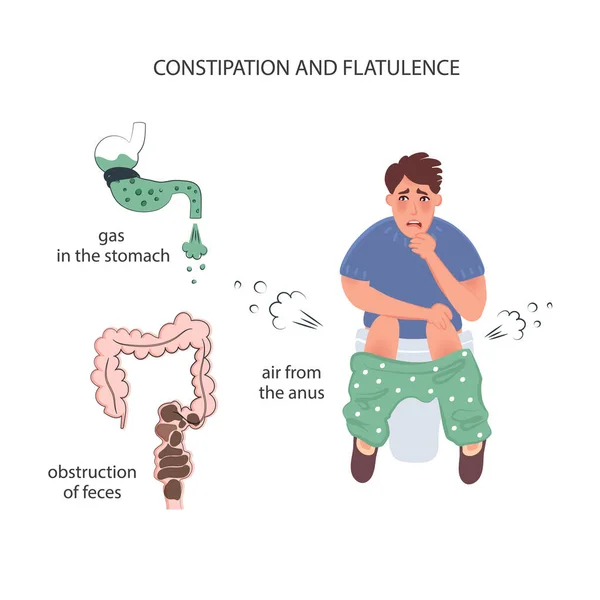 The fight against the problem should begin not with taking medications, but with changing the diet.
The fight against the problem should begin not with taking medications, but with changing the diet.
Necessary:
- Increase fluid intake
- Establish fractional nutrition
- Add fiber-rich foods to your diet
You should teach your child to drink plain clean water. For babies over the age of 3, 2-3 glasses of water a day are usually sufficient. Avoid sugary carbonated drinks, coffee and tea. This is due to the fact that they have a pronounced diuretic effect and stimulate constipation and dehydration.
Especially useful is the cool water that children drink in the morning on an empty stomach. Gradually, the temperature of the liquid can be reduced. The following drinks also have a laxative effect:
- beet juice
- fermented milk (kefir, fermented baked milk, etc.)
- chamomile decoctions
- dill tea
Important! They should be introduced into the diet gradually, starting with a small amount.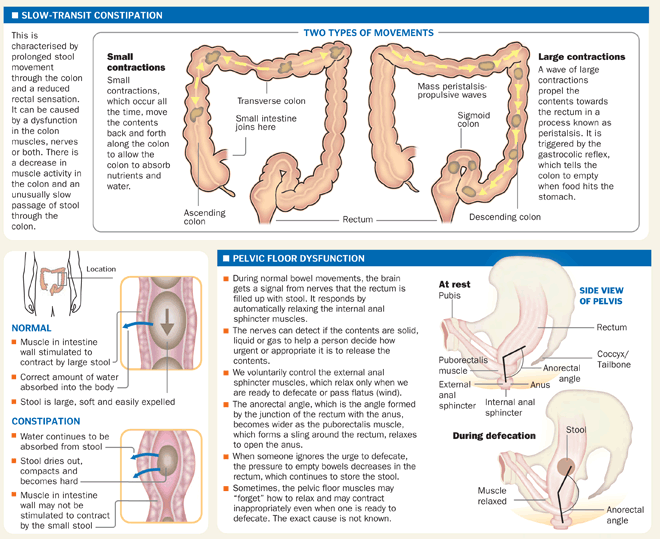 Otherwise, you can provoke a breakdown in digestion.
Otherwise, you can provoke a breakdown in digestion.
You should teach your child to drink plain clean water. For babies over the age of 3, 2-3 glasses of water a day are usually sufficient.
The treatment of constipation in children also implies the introduction of laxative products into the diet, which include:
- legumes
- nuts
- prunes and dried apricots
- plum
- beets
- dates
They are also included in the diet gradually and under the supervision of a doctor. Cereal porridges can be useful: oatmeal, buckwheat, wheat, pearl barley. It is advisable to refuse rice, pears, sweets, muffins, animal fats, flour products. They have a fixing effect.
What else to feed the child so that there is no constipation?
The answer to this question should be given by the pediatrician.
Gymnastics
For the prevention of a pathological condition, walking and running, swimming, exercises to strengthen the abdominal press, squats, bends are useful.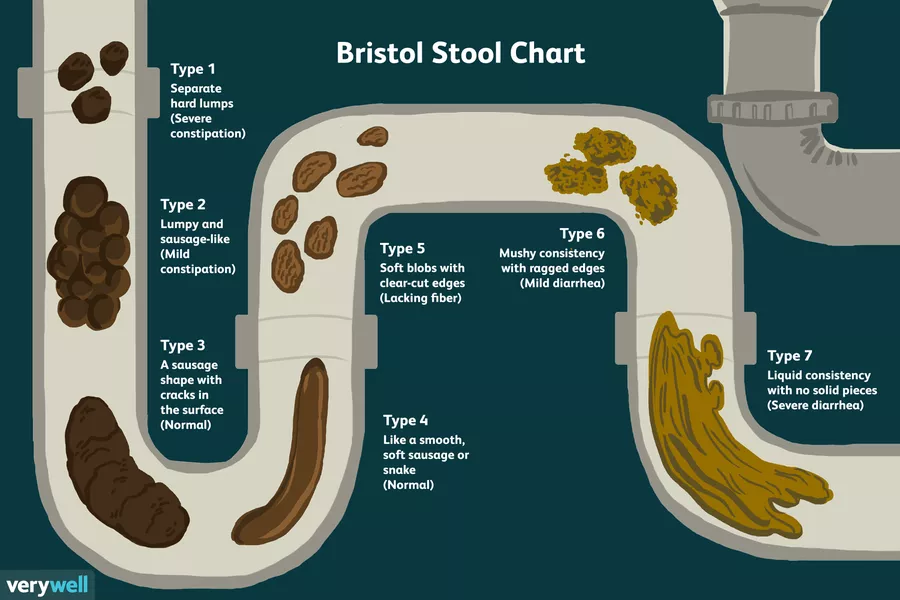
It is believed that mobile, active children are less likely to suffer from constipation. For the prevention of a pathological condition, walking and running, swimming, exercises to strengthen the abdominal press, squats, bends are useful.
If the child is already suffering from stool problems, it is recommended to start the day with simple morning exercises. Massage may also be helpful.
It is important to pay attention to the general change in the behavior of the baby.
The child should be taught to go to the toilet at about the same time, encouraged for observing the daily routine (motivate and praise).
It is also important to create a favorable environment in the toilet. Nothing should distract the child from the act of defecation or scare him in the bathroom.
Benefits of contacting MEDSI
- Help from experienced doctors. Pediatric coloproctologists, gastroenterologists and psychologists work with patients.
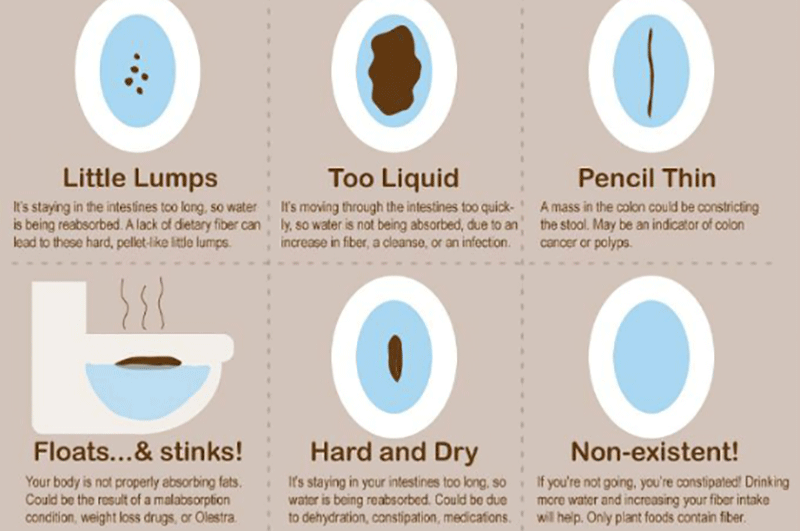 They know exactly how to treat constipation in a child in accordance with the reasons that provoked it
They know exactly how to treat constipation in a child in accordance with the reasons that provoked it - Diagnostic options. The clinic can conduct comprehensive examinations. They allow you to identify the causes of the pathology, find out how and what causes constipation in a child, help him as soon as possible
- An integrated approach to troubleshooting. Doctors not only recommend diet and gymnastics. If necessary, specialists prescribe laxatives, antispasmodics, as well as agents that stimulate the evacuation of feces (enemas and suppositories). All drugs are selected individually
- Prevention of complications. To prevent the undesirable consequences of constipation, regular examinations by a coloproctologist are mandatory
- Comfort of visiting clinics. We provide timely consultations without queues at a convenient time for patients
To make an appointment, just call 8 (495) 7-800-500. Our specialist will answer all questions and suggest the best time to visit a doctor.